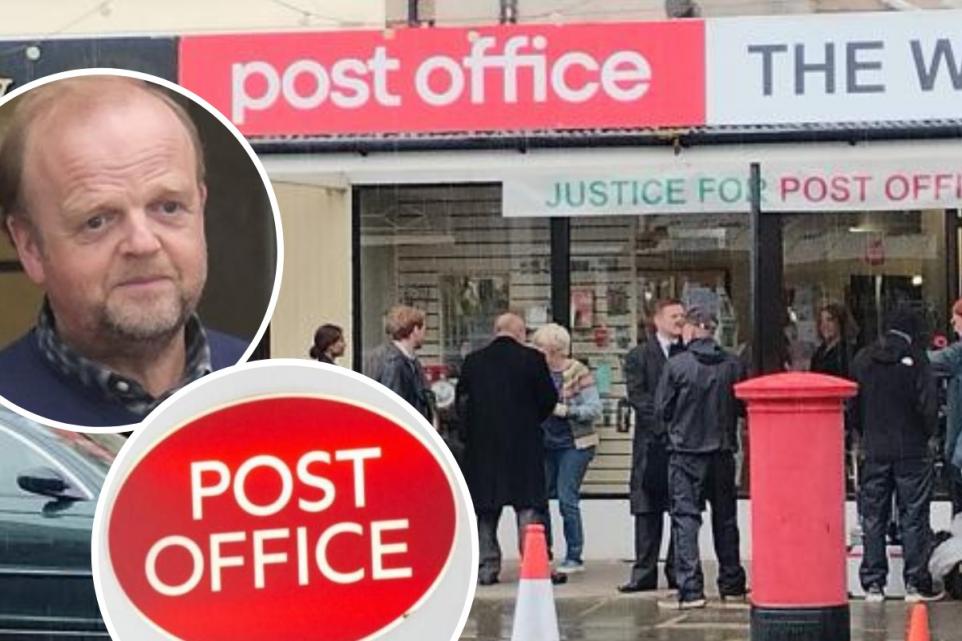With thanks to The Cog Blog.
“One of the unintentionally hilarious things about LinkedIn is the number of earnest posts telling us all what we can learn from this event or that occurrence. ‘5 Things Every Marketer Should Take From King Charles’ Coronation’. The fact that I feel the need to explain I made this up says it all.
The last few weeks in the UK has produced a story media people and marketers can for once actually learn from.
This is the saga of The Post Office. For overseas readers, hundreds of postmasters and postmistresses, the people who run our local post offices found themselves accused by their bosses at HQ of fiddling the books. In fact, they had done no such thing – the fault was within a new computer system installed in-branch by Fujitsu and believed as gospel by Post Office Headquarter Managers.
The result has been devastating. Many local postmasters/mistresses have lost their jobs, their savings, their houses, their sanity, their freedom (some went to jail). Some even lost their lives.
And all because of glitches within a central computer system.
In 1999, ‘Computer Weekly’ broke the story. ‘Private Eye’ followed it up with regular lengthy and well-researched articles. ‘The Daily Mail’, ‘The Daily Telegraph’, ‘The Guardian’, ‘The Times’ and I expect others all covered the unfolding scandal. Although maybe not as frequently as they might have done.
The BBC ran both TV and radio programmes dedicated to this; the main news bulletins carried updates.
There was some debate in Parliament, calls for compensation, and an enquiry has been grinding its way through the facts, but progress is slow.
This has been going on for more than 20 years.
The story was out there in other words, but it didn’t catch.
And then just after Christmas, ITV broadcast a 4-part drama streamed across the week called ‘Mr Bates Versus the Post Office’. It told the true story of several victims of this injustice and starred Toby Jones, Monica Dolan and Julie Hesmondhalgh. All good actors, known here but not particularly well-known internationally. ITV scheduled and promoted the series most effectively.
The drama ran and suddenly things happened. After years of inactivity the postmasters and postmistresses are being pardoned and compensated. It’s been all over our papers for days; it’s been debated in Parliament; things are at last moving.
‘Computer Weekly’ today has 200,000 subscribers to its online magazine. Back in 1999 it no doubt had fewer.
‘Private Eye’ circulation has been growing and is now about 250,000, so maybe 750,000 to 1 million readers. In 1999 it no doubt didn’t have as many.
I believe the ITV drama pulled in around 7 million viewers live. Including time-shifting and streaming that’s risen to between 12 and 13 million.
The point is these are not huge numbers in the Facebook, TikTok and Google era. Numbers aside, the drama made things happen.
There are lessons to be learned.
- TV is still supreme at telling a story, at creating empathy amongst millions, all at once. This simply wouldn’t have happened anywhere else. Social media can amplify the story, but nothing beats TV for empathy and impact.
- The TV drama would I strongly suspect never have been made without the work of many print-based journalists. Good old-fashioned journalism made this happen.
- Computer systems aren’t always right, but if enough senior generalists believe what they say, despite caveats from the specialists it’s easier to believe them than question the output.
- The biggest numbers do not guarantee the greatest effect.
Marketers and their agencies have poured money into social media using automated techniques that are prone to fraud and unfortunate placements.
Many talk of brand safety, and cry tears over a young girl taking her own life because of peer pressure allowed by the likes of Instagram. But they carry on spending on these channels.
They’re told of fraud and largely ignore it. Admitting an expensive media placement error has consequences.
Advertiser and agency initiatives designed to benefit society proliferate. Green packaging; less sugar and salt; more inclusive and diverse workforces; electric vehicles; media schedules that take account of carbon emissions. All good of course.
But as I said in October 2022: ‘When it comes to where they advertise, as opposed to what they advertise (marketers all too often) look the other way’. They see the huge numbers and look no further.
Meantime broadcasters haemorrhage ad revenue and subsequently cut programme budgets. Drama is expensive so expect less of it.
Some, like EssenceMediaCom are starting to consider how consumers perceive media forms, and how that perception impacts results.
Regulated media held to account for their actions are generally brand safe and impactful. I suspect (although I haven’t seen the EssenceMediaCom work in full) that such channels are also perceived positively by consumers, which increases the impact of the ads appearing on them.
We should continue to encourage advertisers to look beyond misleading numbers.
We should question computer generated schedules, to ensure our plans consider context and impact, quality and effect.
We should actively support media forms that are regulated, measured and accountable, and are committed to bringing the truth to the audience.
Not just for philanthropic purposes but because this stuff works.
There’ll always be rogues but sometimes the good guys win.
But to win they need to be supported.”

